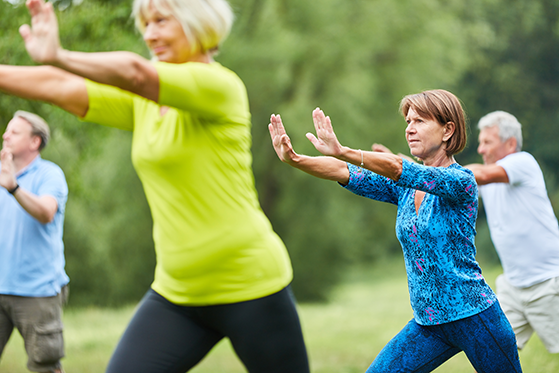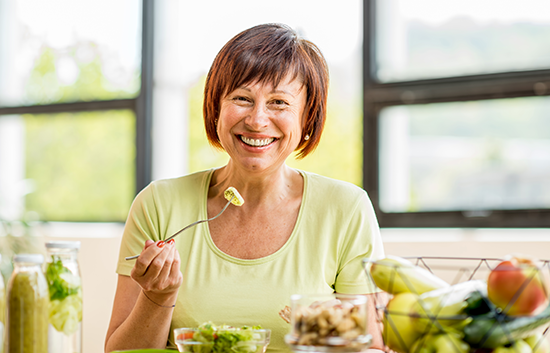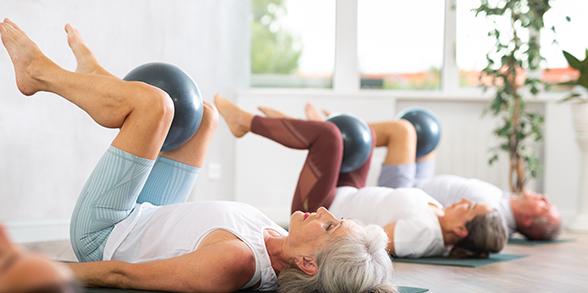Fall Prevention Week Is Sept. 18 – 23

The National Council on Aging (NCOA) dedicated the week of September 18 – 23 as National Fall Prevention Week. This week is to raise awareness of fall prevention for older adults. Falls are the most common reason for nursing home placement. Although one in four adults over 65 years of age will experience a fall, various techniques and actions exist to prevent or reduce the fall risk.
Facts on Falls
- Falls are the leading cause of fatal and nonfatal injuries among older adults.
- The cost of treating injuries caused by falls is projected to increase to more than $101 billion by 2030.
- People with mild hearing loss are nearly three times as likely to fall, with every 10 decibels of hearing loss increasing fall risk.
- Falls result in more than 3 million injuries treated in emergency departments annually, including over 800,000 hospitalizations.
Fear of Falling
Fearing a fall can limit everyday activities and increase the risk of depression. The fear of a fall may cause an older adult to have weakened legs from lack of movement, leading to loneliness and isolation. Use this evaluation tool to see if your loved one or member may be at risk for a fall.
Fall Prevention
Falls are not a part of normal aging. There are simple measures older adults can take to reduce the chance of a fall:
- Visit your doctor for a fall risk evaluation and tell them about your normal daily activities.
- Be sure to discuss all medications and supplements you take with your doctor. Some may have side effects that increase your risk, or there can be drug interactions.
- Ask about exercises to strengthen your legs and improve balance.
- Get a vision exam to be sure you see correctly.
Home Fall Risk Evaluation
If you are concerned about falls for your loved ones, there are simple and inexpensive ways to make a home safer. For a professional evaluation, an Occupational Therapist can help. Here are some suggestions:
- Lighting: Increase lighting throughout the house, especially at the top and bottom of the stairs. Ensure that lighting is readily available when getting up in the middle of the night.
- Stairs: Ensure there are two secure rails on all stairs.
- Bathrooms: Install grab bars in the tub/shower and near the toilet. Make sure they are installed so they can easily be accessed. Consider a shower chair and hand-held shower, or install a walk-in bathtub for even greater safety.
Malnutrition Increases Fall Risk
One in four adults admitted to a hospital is malnourished. Malnutrition and dehydration can lead to fatigue, dizziness, loss of muscle mass, and poor judgment, contributing to falls. Fallers are twice as likely to be malnourished.
Many older adults suffer from food insecurity and chronic disease. After a hospitalization, many cannot shop for food or prepare meals. A home-delivered meals program can help to reduce the risk of falls. Home-delivered meals are a cost-effective way to keep older adults living independently in their homes and reduce nursing home placements.
To learn more about home-delivered meal programs, download this guide.

Bushra Davila is the Vice President of Clinical Program and Product Development at GA Foods. She is a registered dietitian and an expert in nutrition education, program development, and product brand management. Her work focuses on diet and nutrition, digestive health, and food as medicine principles. Bushra earned a Bachelor of Science (BS) in Dietetics and Nutrition from Northern Illinois University and a Masters in Business Administration from Dominican University.


